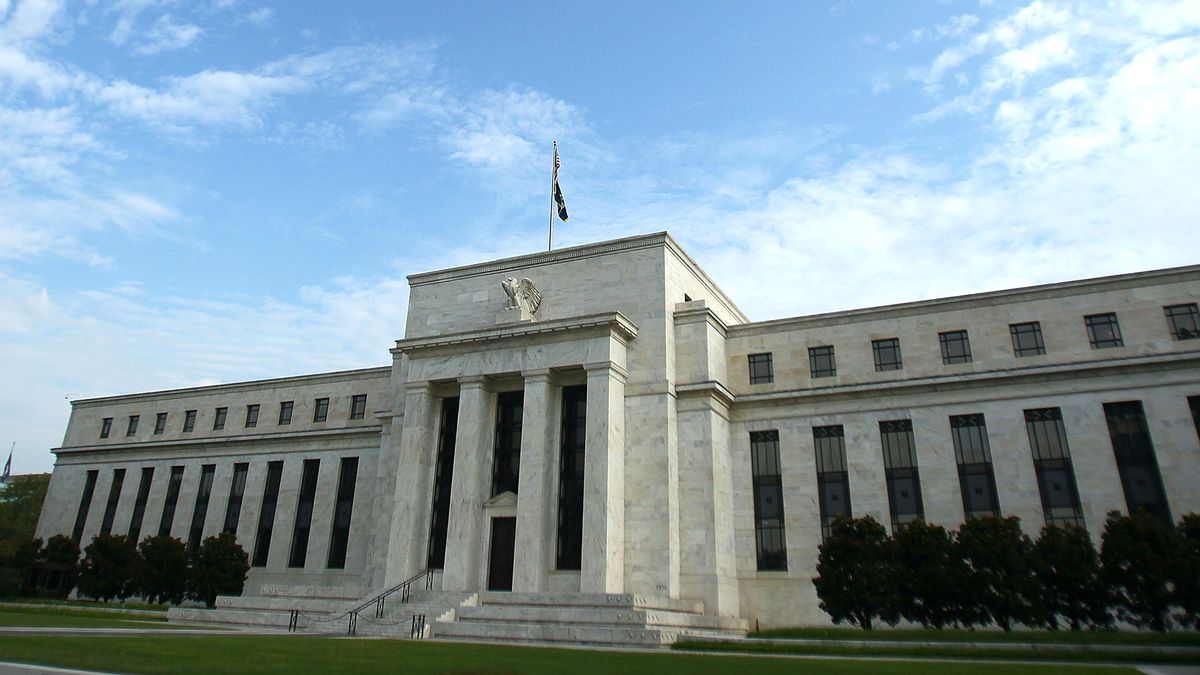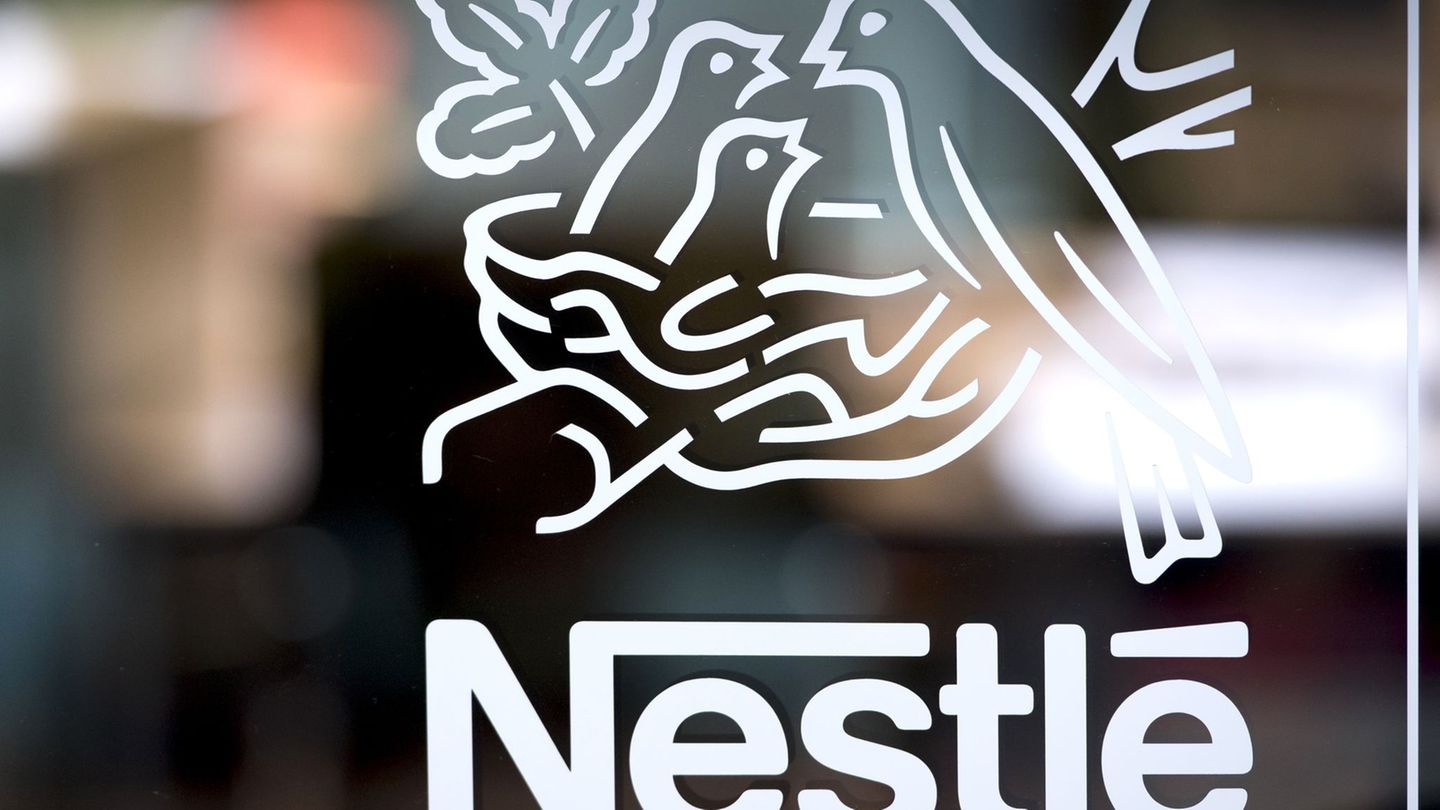“Exactly how much and then what trajectory will depend on how the economy performs over the next few weeks and months. We’re going to get a lot of data … before our next meeting” on September 20-21.
The Fed raised its benchmark overnight rate by three-quarters of a percentage point on Wednesday.in an effort to cool down the most intense bout of inflation since the 1980s, and President Jerome Powell It said another “unusually large” hike could be appropriate at its next meeting if price pressures haven’t eased enough.
“Inflation remains elevated, reflecting pandemic-related supply and demand imbalances, rising food and energy prices, and broader price pressures,” said the Federal Open Market Committee (FOMC), responsible for setting rates, raising them to a range between 2.25% and 2.50% in a unanimous vote.
The FOMC added that it remains “very vigilant” to inflation risks, a point at which Powell he emphasized during his remarks at the post-meeting press conference, saying it was “essential” to bring down inflation.
Federal Reserve officials are “well aware” of the difficulties that inflation imposes on American households, particularly those with limited means, Powell said, and will not back down until they are presented with “compelling evidence” that it is going down.
“Restoring price stability is something we have to do,” he added. “There is no option not to do it.”
But while employment growth has remained “robust,” “recent spending and output indicators have softened”added the statement.
Even so, Powell insisted that the economy enjoys underlying strength.
“I don’t think the United States is currently in a recession,” he said, noting that unemployment remains near a half-century low, and there is solid wage growth and job growth. “It wouldn’t make sense for the United States to be in a recession.”
Regardless, bringing inflation down to target “is likely to imply a period of below-trend economic growth, and some weakening of labor market conditions, but these outcomes are likely necessary to restore price stability and set the foundations for maximum employment and long-term price stability.
LIKE IN THE 1980S
With last month’s 75 basis point hike and the increases in May and March, The Federal Reserve has raised its interest rates a total of 225 basis points this year, in the midst of its fight against inflation.
The interest rate is now at the level that most Fed officials consider to be neutral in economic impacteffectively marking the end of pandemic-era efforts to encourage household and business spending with cheap money.
The latest monetary policy statement offered little explicit guidance on what the Fed might do next, a decision that will largely depend on whether upcoming data shows inflation starting to slow.
Given the latest data showing consumer prices rising at more than 9% a year, investors expect the US central bank to raise the policy rate by at least half a percentage point at its September meeting.
“While another unusually large increase might be appropriate at our next meeting, that’s a decision that will depend on the data we get between now and then,” Powell said.
“We will continue to make our decisions meeting by meeting, and we will communicate our thinking as clearly as possible,” he added.
Futures markets linked to Fed monetary policy expectations tipped a bit toward a more dovish rise for the next meeting as Powell spoke.
“From now on, the Fed may slow its rate of tighteningreassured by the likely spike in inflation and receding inflation expectations as oil prices have fallen,” Seema Shah, chief global strategist at Principal Global Investors, said in a note.
“However, with the labor market still a picture of strength, wage growth still uncomfortably high, and core inflation poised to decline at a glacially slow pace, the Fed certainly can’t stop tightening, nor can it change too much. the gears”.
In the US Treasury market, key in transmitting the Fed’s decisions to the real economy, the two-year bond yield, the most sensitive to monetary policy expectations, moved lower. The return on the 10-year note was little changed.
Source: Ambito
David William is a talented author who has made a name for himself in the world of writing. He is a professional author who writes on a wide range of topics, from general interest to opinion news. David is currently working as a writer at 24 hours worlds where he brings his unique perspective and in-depth research to his articles, making them both informative and engaging.




